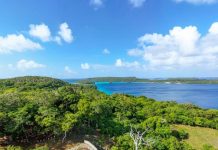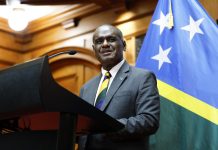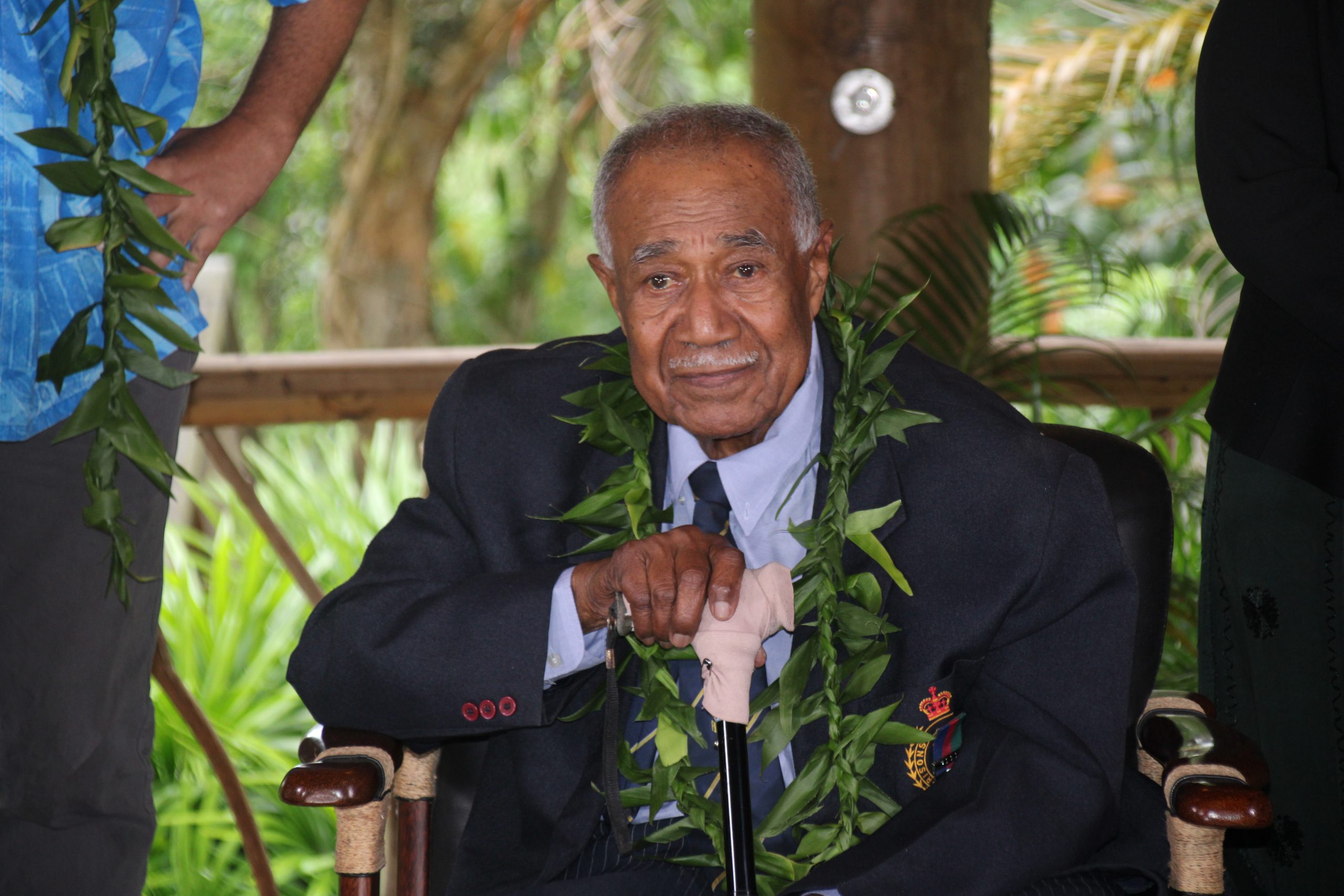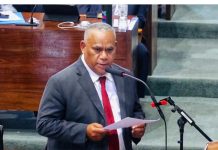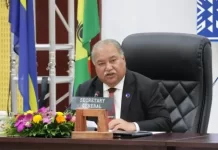Between 1957 and 1958, Fijian soldiers were deployed from the then-British colony of Fiji to Kiritimati (Christmas Islands), now part of the Republic of Kiribati, during the series of British nuclear tests, Operation Grapple.
Christmas Island was chosen as a testing site for British nuclear weapons during the Cold War due to its remote location and relative isolation, which was deemed suitable for conducting nuclear tests without causing immediate harm to populated areas.
Unfortunately, this prospect did not account for the long-term environmental and health concerns that would arise from the release of radioactive materials into the environment and ocean.
According to the Comprehensive Test Ban Treaty Organization (CTBTO), the 1.8 megaton Grapple X test on 8 November 1957 produced an unexpectedly severe shockwave that ‘demolished buildings, equipment and infrastructure.’
Credible reports also indicated that rain following the 2.8 megaton Grapple Y test on 28 April 1958 dispersed fallout over the island and ships offshore.
Some Christmas Island veterans claim the lack of precautionary measures was intended to use them as ‘guinea pigs’ to see the impact of radiation on people.
A survivor of over 200 Fijian troops that participated in the UK nuclear weapon tests in and around Kiribati between 1957 and 1958, Nacanieli Seru shares his story of being exposed to hazardous levels of ionising radiation.
He sheds light on the risks faced by those who were directly involved in the testing operations and the potential health consequences they experienced.




